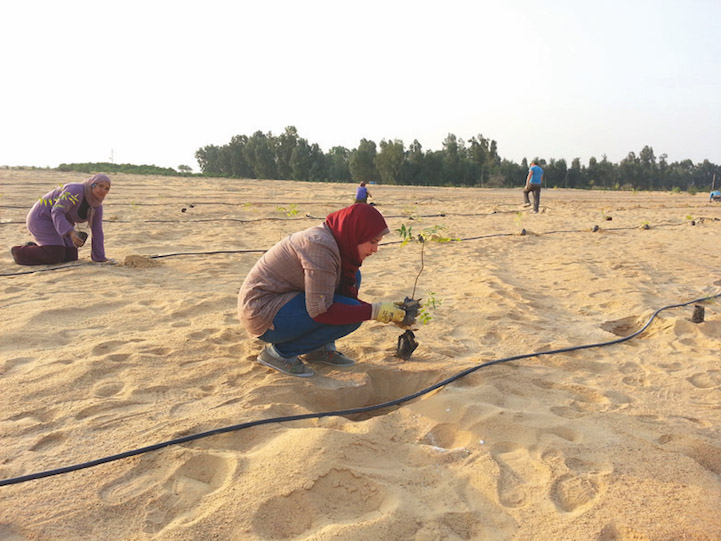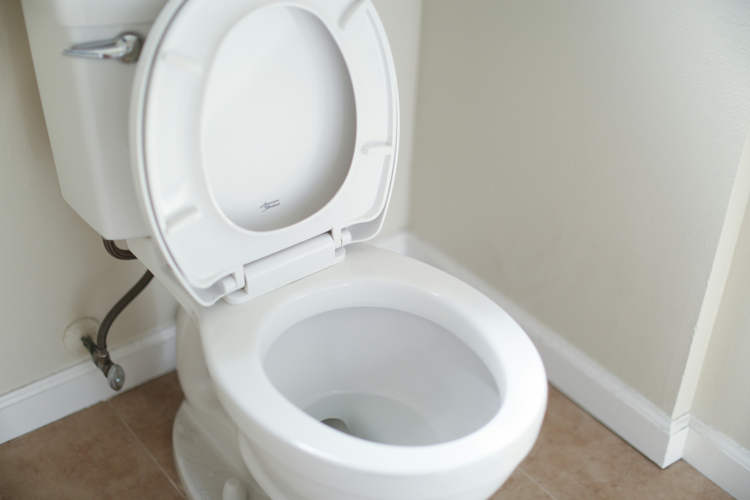Located near Ismailia, about two hours from Egypt’s capital, Cairo, Serapium Forest is nothing short of an environmental miracle – a 240-hectare forest of both native and non-native trees thriving in the middle of the desert.
Advancing desserts have become a serious problem throughout the African continent, but a team of German and Egyptian researchers has come up with a very efficient way of stopping desertification and even reclaiming land from the dry sands. While forests have been used to stop the spread of deserts into fertile land for a very long time, the absence of rainfall makes nurturing the trees and keeping them healthy an almost impossible task in most African countries. But it turns out we don’t have to rely on water falling from the sky, as waste water works even better for plants and trees not intended for human consumption.

Photo: Business and Biodiversity
Serapium Forest is a research collaboration between Egyptian and German scientists that started during the 1990’s. They knew Egypt had important advantages over European countries, like the absence of harsh winters that could interrupt growth and fast-growing local tree species like eucalyptus, so provided they had enough water, trees would theoretically thrive even in a harsh desert environment. But compared to countries like Germany, Egypt has very little rainfall, so researchers had to come up with a sustainable solution to provide the trees with the necessary nutrients. They found the perfect answer to their problem at a nearby sewage treatment plant.
Using mechanical filters and biological processes, the sewage plant cleans the wastewater from Ismailia, although not completely. Total water purification would cost too much, so compounds like phosphates and nitrates remain in the water, as do some toxins. But while the water is still contaminated for human use, for the plants it’s as good as any commercial fertilizer. You couldn’t use it for crops intended for consumption, as the bacteria in the water could potentially contaminate fruits and vegetables, but for a forest, it’s perfectly safe. The water is pumped from the sewage treatment plant to Serapium Forest via hose pipes strewn across the sand dunes.
Researchers found that thanks to the intense sunlight and the nutrients in the water, trees in Serapium Forest grow four times faster than they do in Germany. In only 15 years, the valuable trees are ready for harvesting, with a production of 350 cubic meters of wood per hectare. The same amount would take 60 years to harvest in Germany.
That is actually one of the particularities of Serapium Forest – not only is it helping the country regain desert land, but it’s also providing a valuable economic resource that Egypt would have otherwise had to import, while providing much needed jobs. That is key to sustainable forestation, according to Hany El-Kateb, a silviculturist at Munich Technical University, one of the masterminds behind the Serapium Forest project. “We need to make it economically-viable, otherwise we can’t achieve sustainability here, and that’s why we’re also planting valuable wood here” he told DW.
Although 240 hectares of lush forest reclaimed from the desert may not seem very much, compared to the rate at which deserts are advancing across Africa, the phenomenon Serapium Forest serves as an example of what can be achieved through human ingenuity.












